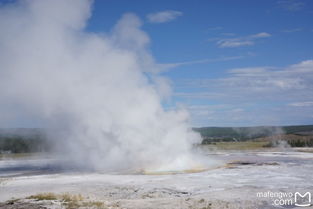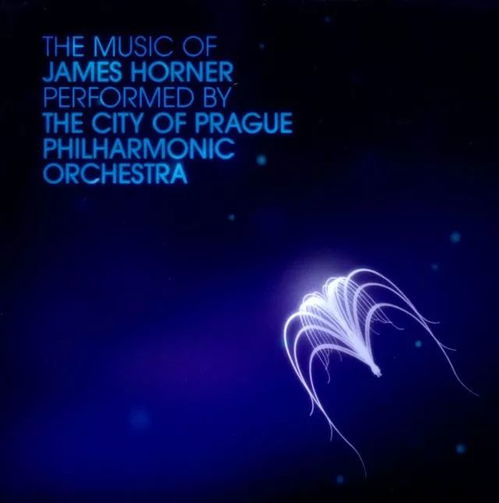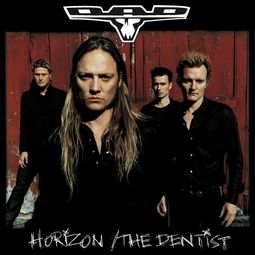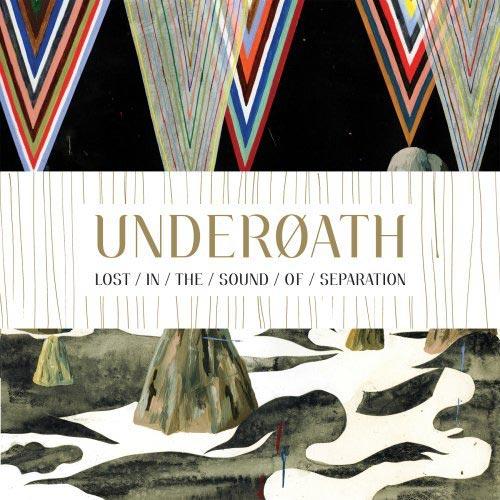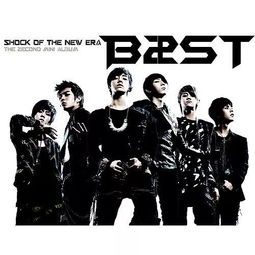Introduction:
Fishing, an age-old pastime, has been captivating enthusiasts for generations. Whether you are a seasoned angler or a beginner looking to cast your line into the unknown, having a set of reliable fishing tips can make all the difference. Writing an effective fishing tips article is not just about listing techniques; it's about engaging the reader, providing valuable information, and inspiring them to hit the water. In this article, we will delve into the essentials of how to write a compelling fishing tips introduction, followed by a detailed breakdown of the key components that make a fishing tips article stand out.

Writing an Effective Introduction:
The introduction is your first impression, and it should be captivating enough to draw the reader in. Here's how to craft an engaging introduction for your fishing tips article:
Start with a Hook: Begin with a compelling statement or question that resonates with the reader. For instance, "Ever wondered why some anglers catch more fish than others?" This immediately piques the reader's curiosity.
State the Purpose: Clearly state what the article aims to achieve. "In this guide, we will explore the top fishing tips that can help you improve your angling skills and increase your catch."
Highlight the Benefits: Explain the benefits of following the tips. "By the end of this article, you'll be equipped with practical knowledge that can lead to more successful fishing trips."
Set the Tone: Establish the tone of your article. If it's a serious how-to guide, maintain a professional tone. If it's more casual, you can use a friendly and conversational style.
Key Components of a Fishing Tips Article:
Selecting the Right Gear:
- Rod and Reel: Discuss the types of rods and reels suitable for different fishing scenarios.
- Lures and Bait: Explain the types of lures and bait that work best for various fish species.
- Tackle and Accessories: Cover essential accessories like hooks, sinkers, leaders, and line.
Choosing the Right Location:
- Understanding Fish Habits: Describe how to identify fish habitats based on their behavior and preferences.
- Seasonal Patterns: Discuss how fish behavior changes with the seasons and how to adapt your techniques accordingly.
- Water Conditions: Highlight the importance of water temperature, clarity, and flow in choosing fishing spots.
Fishing Techniques:
- Casting: Provide step-by-step instructions on how to cast effectively, including different casting techniques.
- Baiting and Luring: Explain how to present bait or lures to attract fish.
- Reading the Water: Teach readers how to interpret water currents, structure, and signs of fish activity.
Safety and Etiquette:
- Water Safety: Offer tips on staying safe while on the water, including how to handle boats and personal safety equipment.
- Conservation: Emphasize the importance of conservation and ethical fishing practices.
- Local Regulations: Inform readers about local fishing regulations and guidelines.
Closing Thoughts:
- Encouragement: End with a motivational statement that encourages readers to get out and fish.
- Call to Action: Invite readers to share their experiences or ask questions in the comments section.
Conclusion:
Writing an effective fishing tips article involves a balance of informative content, engaging storytelling, and practical advice. By following the steps outlined in this guide, you can create a comprehensive and engaging article that not only educates but also inspires your readers to enjoy the great outdoors. Whether you're a beginner or a seasoned angler, the right set of tips can make all the difference in your fishing experience. Happy fishing!
